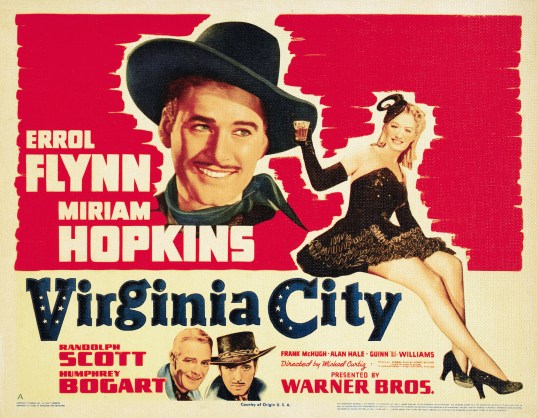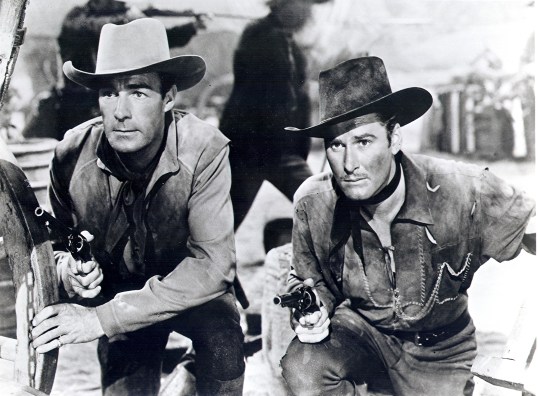 The Firm, which should not be confused with the John Grisham novel or the Tom Cruise film adaptation, was a 70-minute film about football hooliganism that was made for the BBC’s Screen Two in 1989. In the United States, it has never really been understood just how big a problem football hooliganism was in the United Kingdom in the 1980s. That’s because, despite the best efforts of ESPN, most Americans don’t care about soccer. In America, “soccer riot” sounds like the punchline of a bad joke. But in Europe, it was a very real problem. If you want to understand why some people call football hooliganism “the English Disease,” The Firm is the film to see.
The Firm, which should not be confused with the John Grisham novel or the Tom Cruise film adaptation, was a 70-minute film about football hooliganism that was made for the BBC’s Screen Two in 1989. In the United States, it has never really been understood just how big a problem football hooliganism was in the United Kingdom in the 1980s. That’s because, despite the best efforts of ESPN, most Americans don’t care about soccer. In America, “soccer riot” sounds like the punchline of a bad joke. But in Europe, it was a very real problem. If you want to understand why some people call football hooliganism “the English Disease,” The Firm is the film to see.
Clive “Bex” Bissell (Gary Oldman) has a nice home, a well-paying job as an estate agent, a loving wife (played by Lesley Manville, who actually was married to Oldman at the time), a newborn son, and a large circle of friends. He’s also the head of the Inner City Crew, a violent group of football hooligans (known as a firm) who follow West Ham United across Britain and pick fights with other firms. (Bex is actually a second-generation football hooligan and his father is constantly complaining that the new generation isn’t tough or violent enough.) Bex does it for the buzz. As another member of the ICC puts it, after listening to a fatuous television commentator going on about how football hooligans are actually searching for some sort of larger meaning in their lives, “Why doesn’t he just say that we like hitting people?” With the 1988 European Championships coming up, Bex wants to unite all the regional firms into one national organization, with himself in charge. To do that, he’ll have to defeat two rival firm leaders, Oboe (Andrew Wilde) and Yeti (Phil Davis).
For a film about people about who are willing to kill over association football, very little soccer is actually seen in The Firm. The ICC plays a game, which is interrupted by Yeti driving across the field. Later, Yeti and his lieutenants walk through a stadium, looking for a fight and ignoring the match being played in front of them. Bex’s childhood bedroom is covered with newspaper clippings about West Ham United but Bex is more interested in the buzz than in football.
The Firm is full of classic scenes, from Bex initiating the newest member of the ICC to the disturbing moment that Bex’s son gets a hold of his knife to the final bar brawl. For me, my favorite scene is when the three rival firms hold a meeting in a posh hotel room:
Along with featuring one of Gary Oldman’s best performances, The Firm was also the last film to be directed by the great Alan Clarke. Making good use of the steadicam walking shots that he was famous for and taking an unflinching approach to the story’s violence, Clarke not only directed the definitive film about football hooliganism but also provided a portrait of life in the final years of Margaret Thatcher’s Britain.
For tomorrow’s movie a day, we stay in Britain as Anthony Perkins fights terrorists in The Glory Boys.



